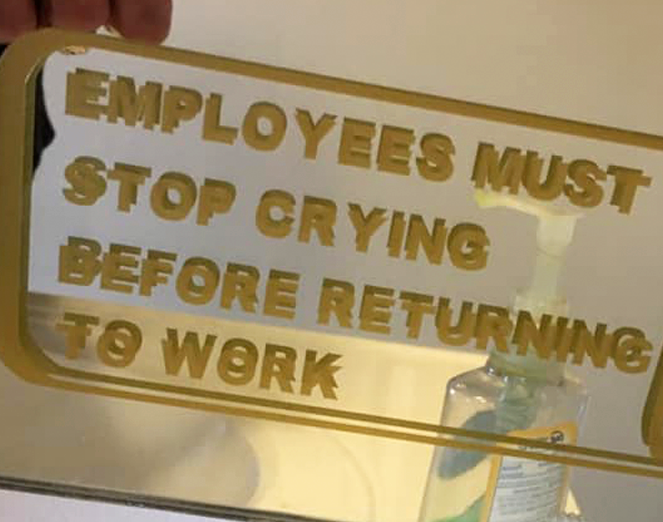
Here’s a fun thing that happened at the state level when Republicans cut taxes.
Essentially, the Republican dominated state government in Kansas significantly cut taxes, the ‘expected’ increase in revenue didn’t materialize, the quality and quantity of public services decreased, the state’s credit rating went down, and everyone got mad. After a few years, the governor was voted out of office and Republicans ‘saw the light’ and put the old taxes back in place. What’s wild is there are still conservatives who look at that and say ‘Well, you guys didn’t do it right. I still think it’s a good idea.’ If it were up to me, we’d go back to the tax levels we had when that antifa commie Marxist-Leninist far left extremist Eisenhower was in office.
Marginal Tax Rate on Regular Income over $400,000: 92% - 91%
Maximum Tax Rate on Long-Term Capital Gains: 25%
Romney’s Approx. Tax Bill: $5,250,000
During the administration of Republican President Dwight D. Eisenhower, a 92 percent marginal income tax rate for top earners in the United States remained from the previous administration of Harry S. Truman. At the time, the highest tax bracket was for income over $400,000.
This was nearly the highest tax rate for top earners in the century, just under the 94 percent rate for income over $200,000 instated during World War II under Franklin D. Roosevelt’s presidency.
In 1954, the 92 percent marginal rate decreased to 91 percent under Eisenhower. The maximum tax on long-term capital gains was 25 percent – a rate that remained in place for a decade.
And-
Eisenhower explained it this way: The super rich could avoid the high taxes by investing their money in things that make America stronger. If they wanted to avoid high taxes, he said they could invest in business expansions and higher employee wages. They could give a million or two to tax-exempt non-profits that feed, house and clothe poor people of America, among other things.









Not quite. From what I’ve been able to gather, housing in the postwar era was made fast and cheap to ensure everyone could have a place in the immediate aftermath of the devastation. Then, in the sixties, they came up with better building standards, more regulations, and evaluated the lifespan of typical housing. I don’t remember the exact number, but they determined a conservative lifespan to be like 20-30 years. With this in mind, they started to constantly update building codes to make new construction safer and more resilient to natural disasters. So, what would end up happening is old homes stay cheap because not many people want to buy at the end of its life, and it’s less expensive to build new to modern standards than rehabbing an old home. Side note: recently the old estimated lifespan was re-evaluated and they determined that housing lasts, again I don’t remember the exact number, closer to 50 years.
Now, while all this is happening they have a different relationship to zoning than, say, America. What’s in America? It’s mostly single use zoning. They have a lot more mixed use zoning that allows for building housing where it would be illegal in America like commercial zones or light industrial zones. Side note: America used to build like that too until suburbs were invented and pushed as THE solution to housing people in our postwar era. Think of the older parts of towns with stores on the ground level and housing being 1-4 floors above them. With this freedom to build, they have built way more housing than is actually needed and in places people want to live.
The last point, which was already mentioned above, is that they don’t view housing as an investment. It’s a place where you raise your family, you store your belongings, and sleep. You don’t buy a home with the idea of selling it to make a ton of money in a few years or even decades. With that, there’s no incentive to buy up housing and leave it sitting empty for the right time to maximize the investment. It’s sort of like we view cars. Cars don’t typically increase in value, and the ones that do it’s because they’re rare, beautiful, or historic. MFers are out here trying to sell the housing equivalent of an '80s Ford Fiesta at 2024 fully loaded Toyota Camry or even Mercedes S Class prices.
Summary: Housing has a shorter lifespan, can be built almost anywhere through more mixed zoning, and it isn’t an investment, it’s just a place to live.